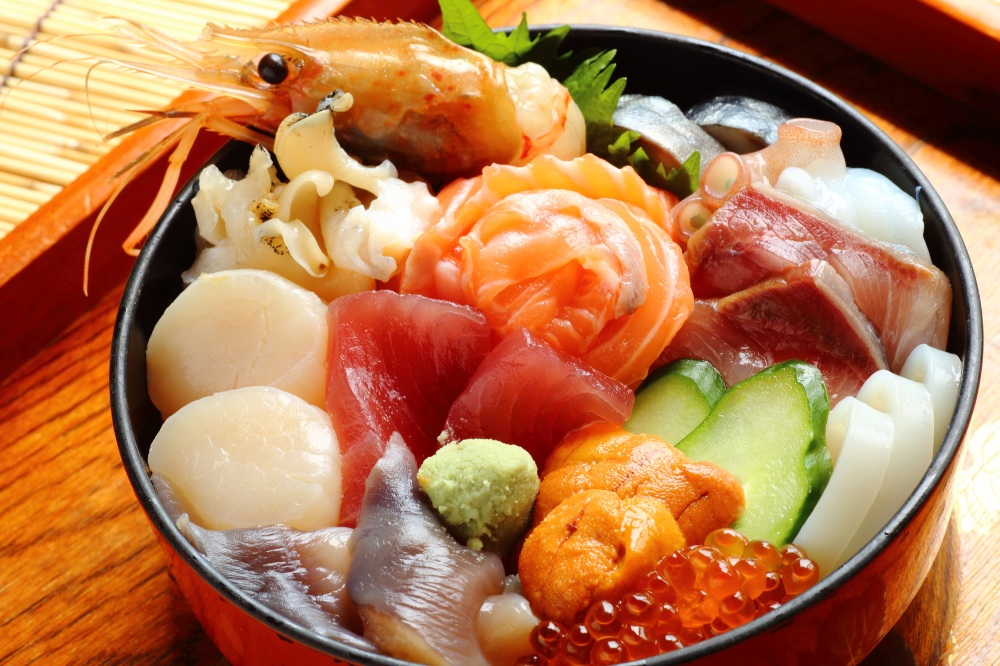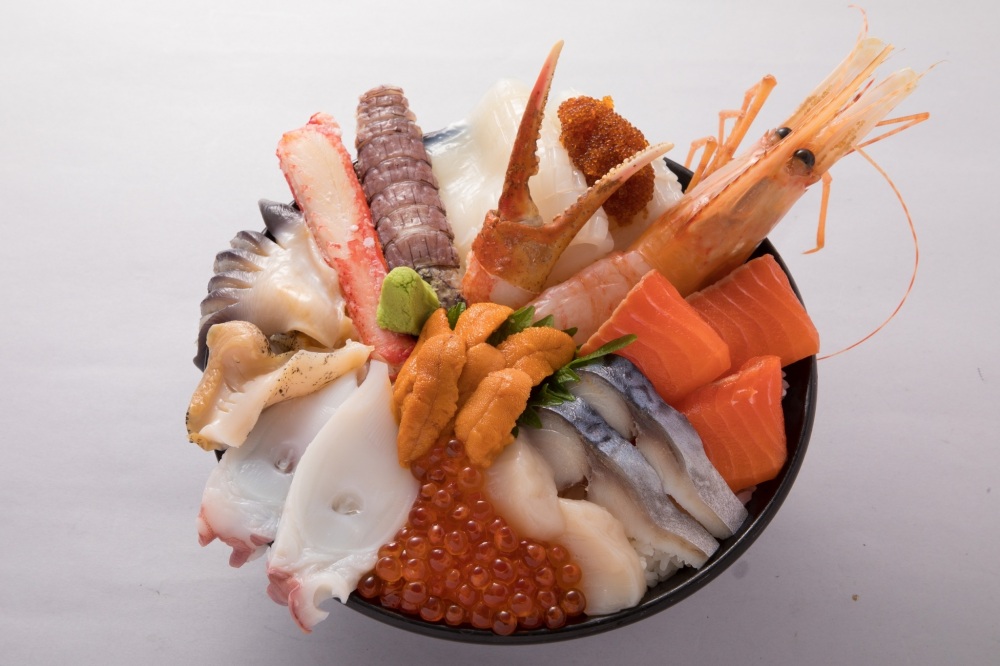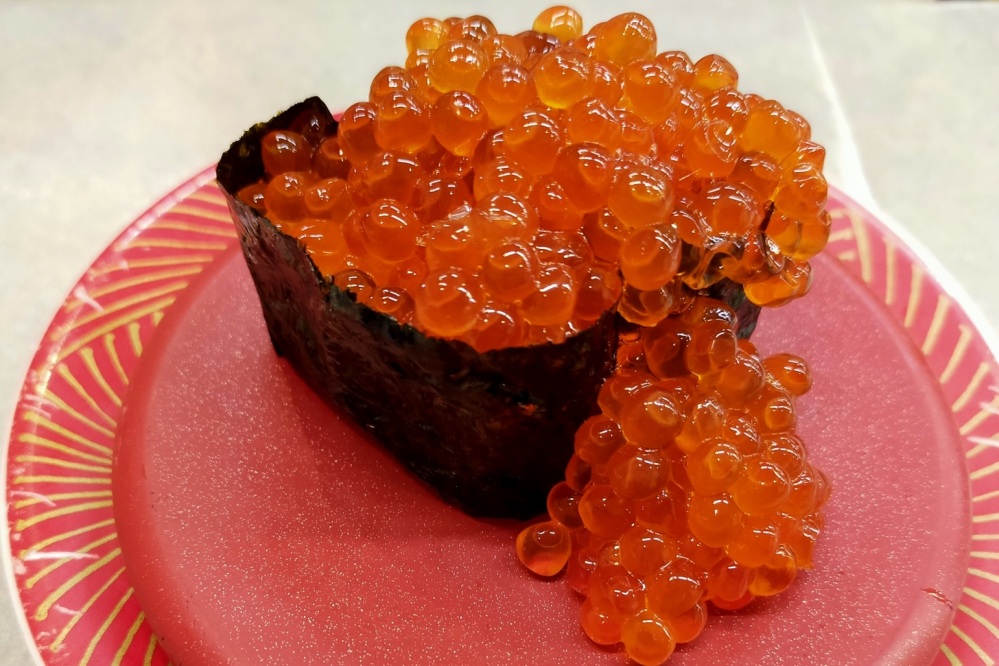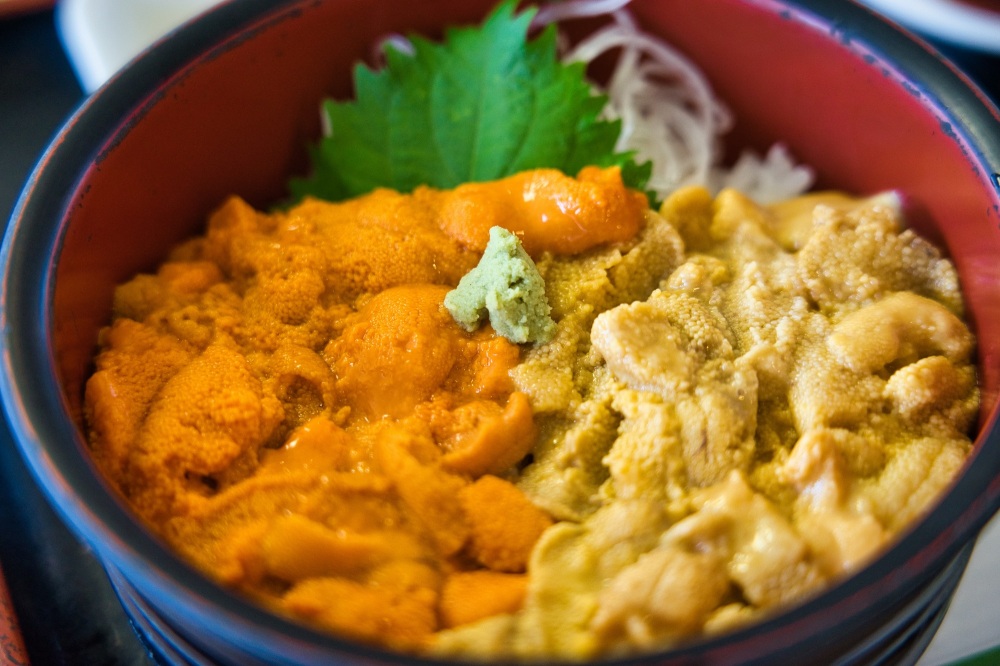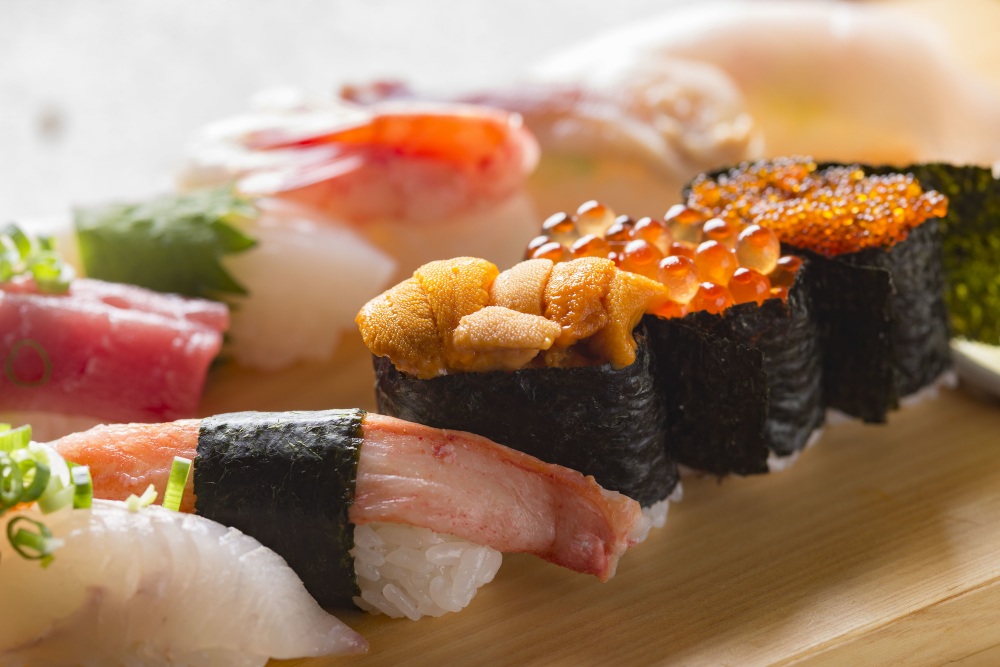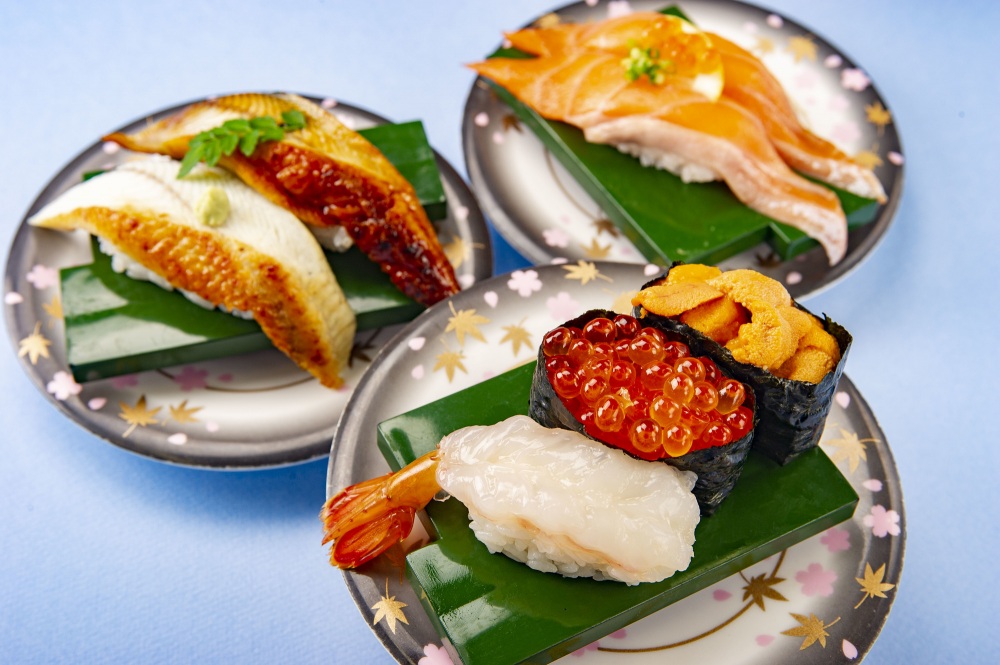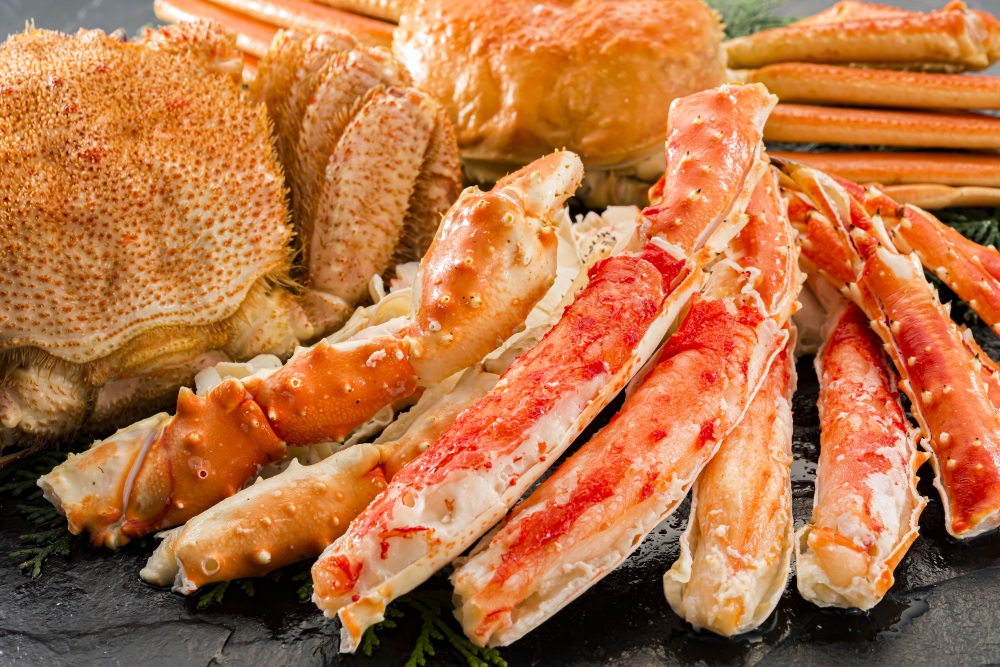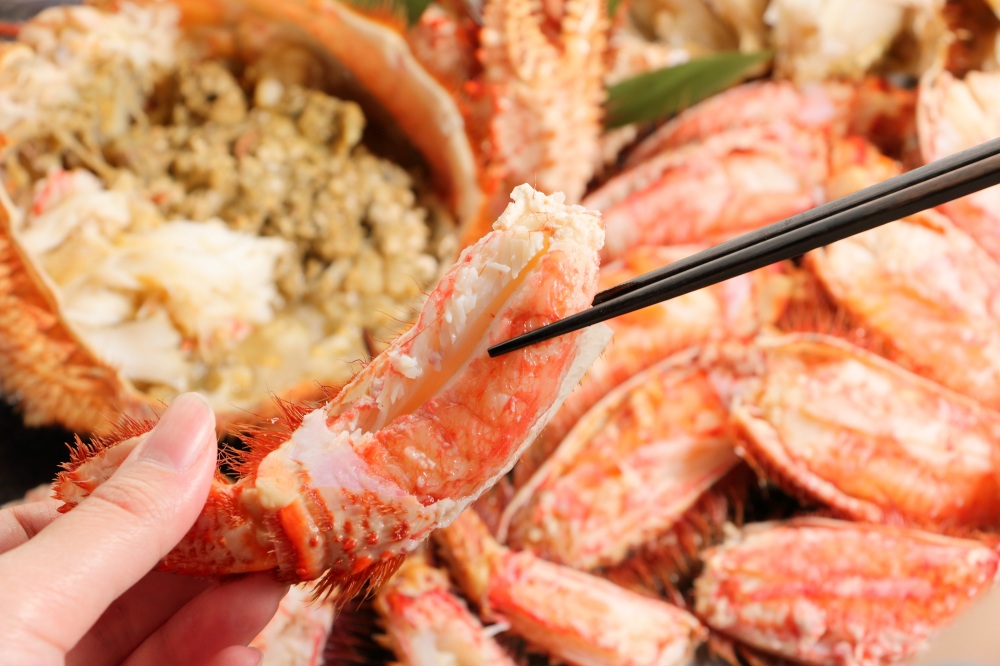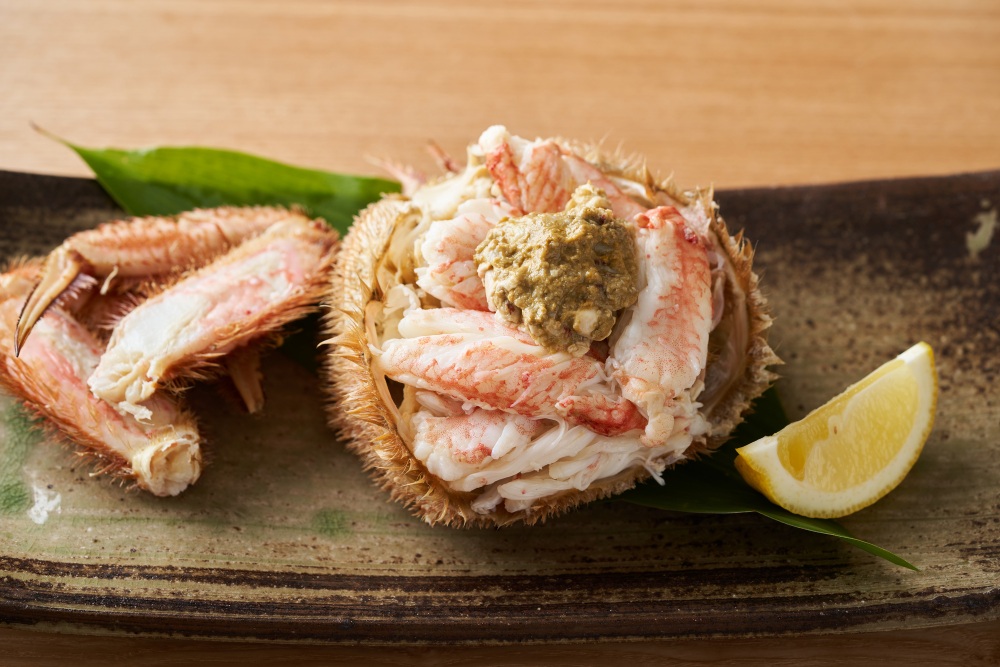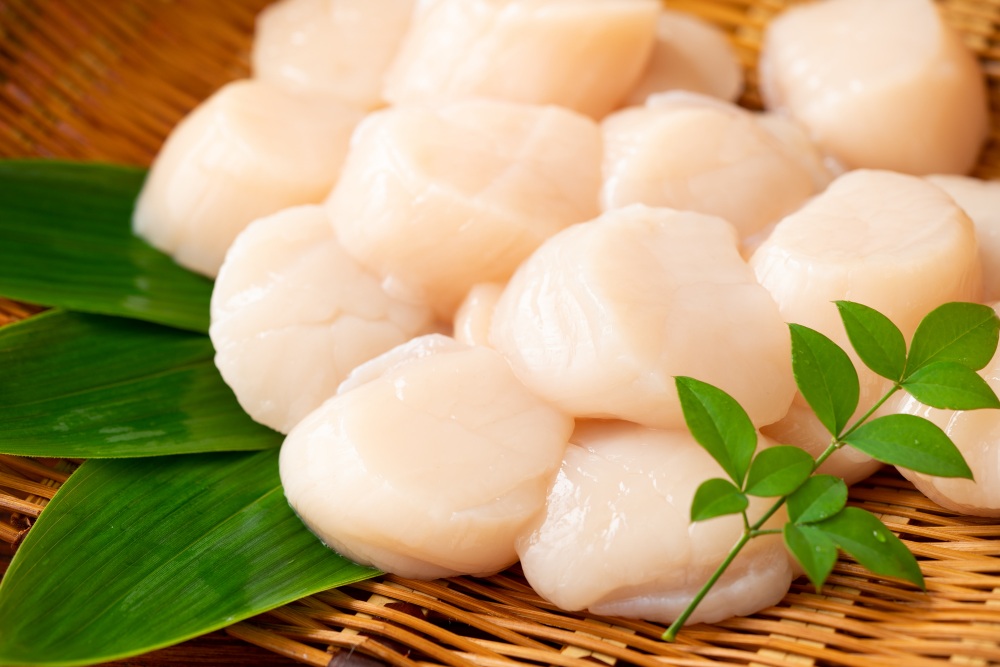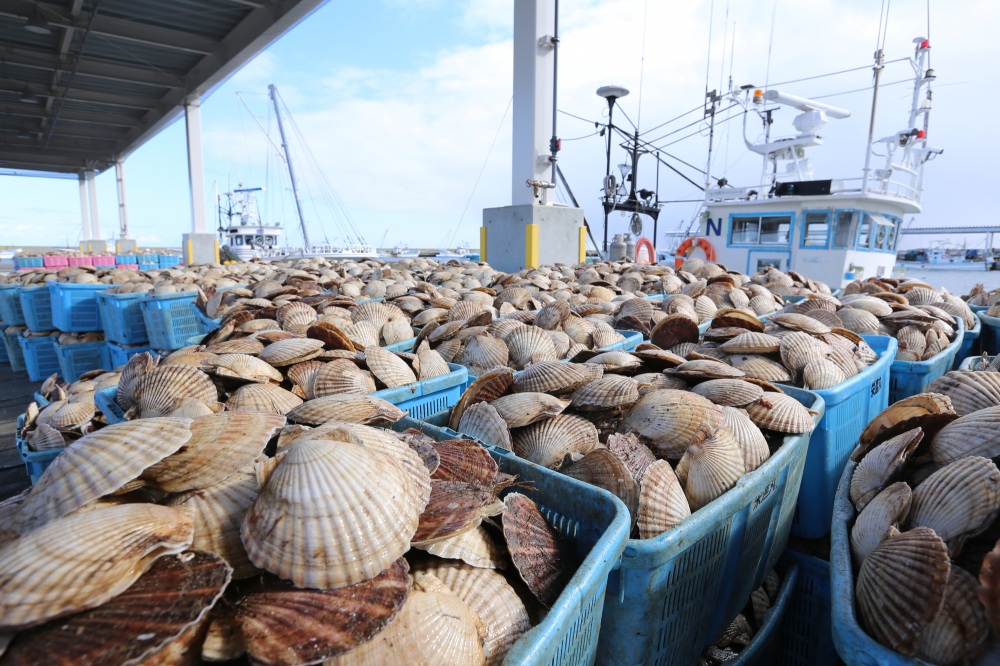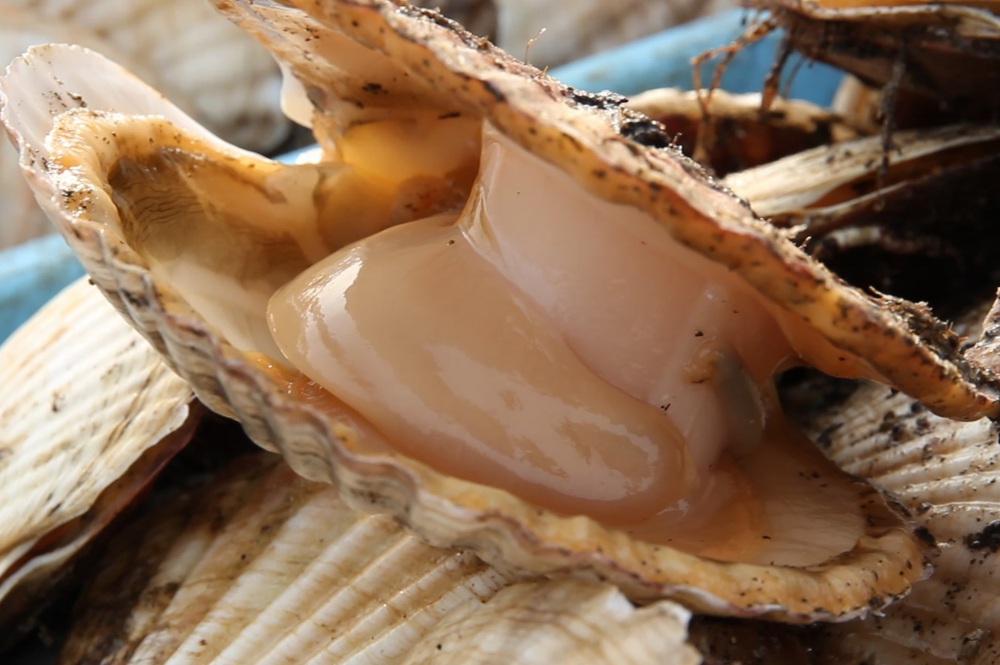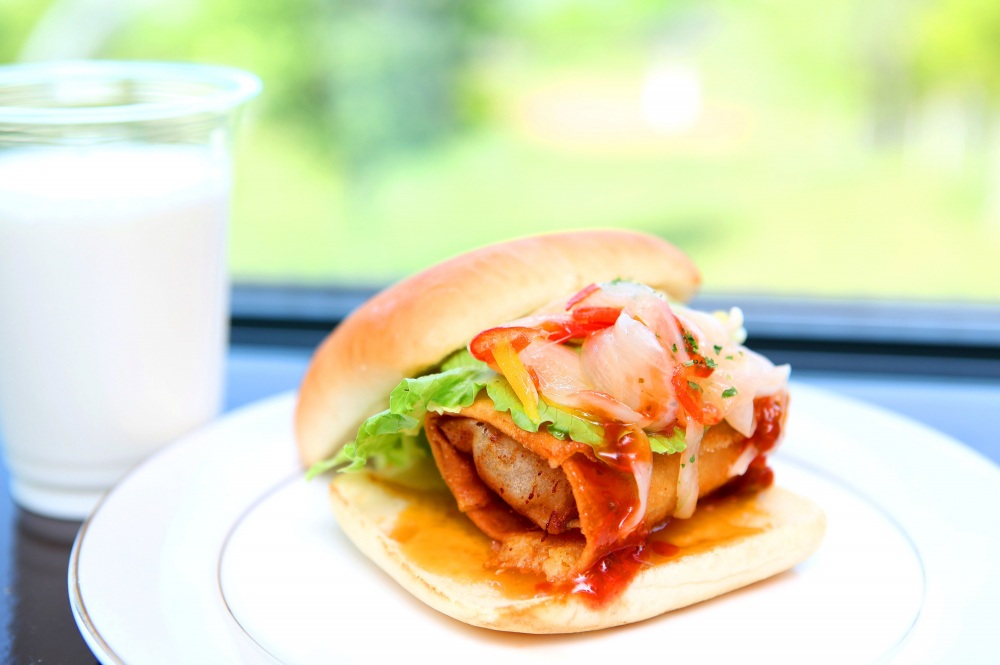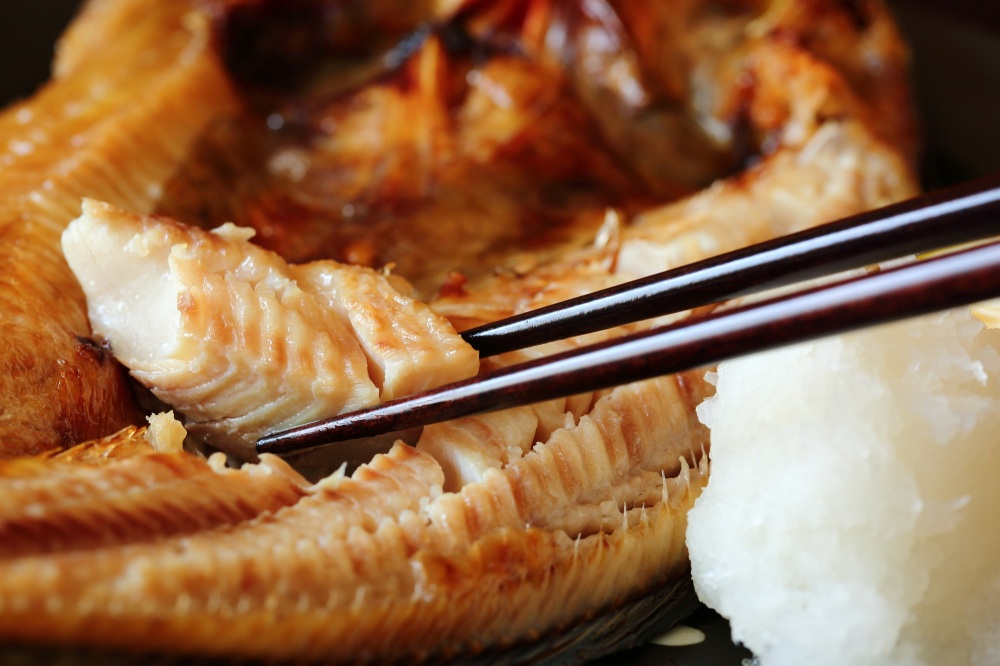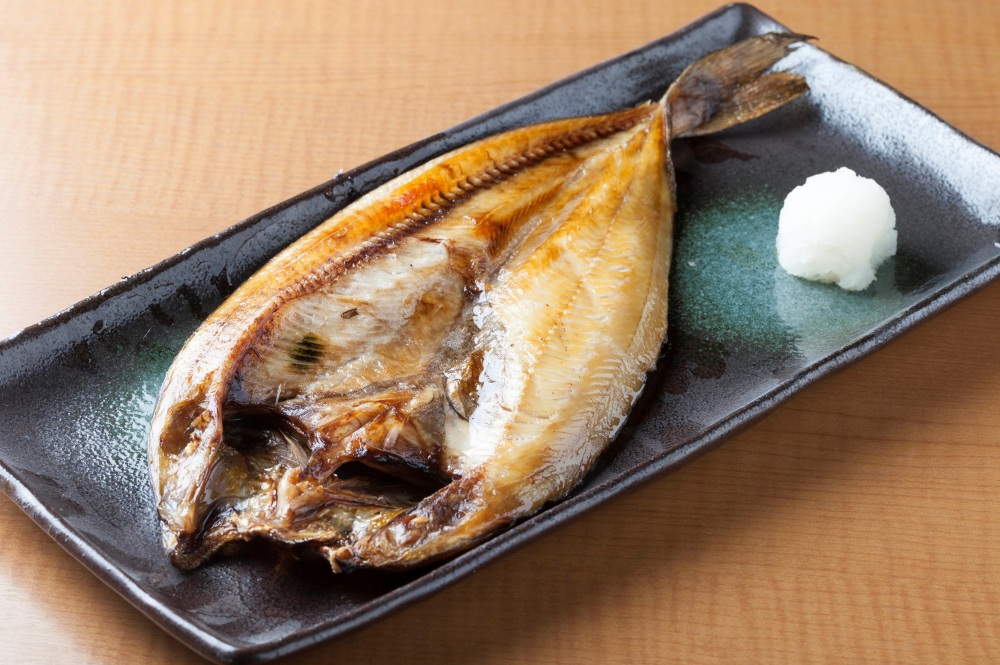Fresh and hearty! This is the best seafood you can taste in the northern land!
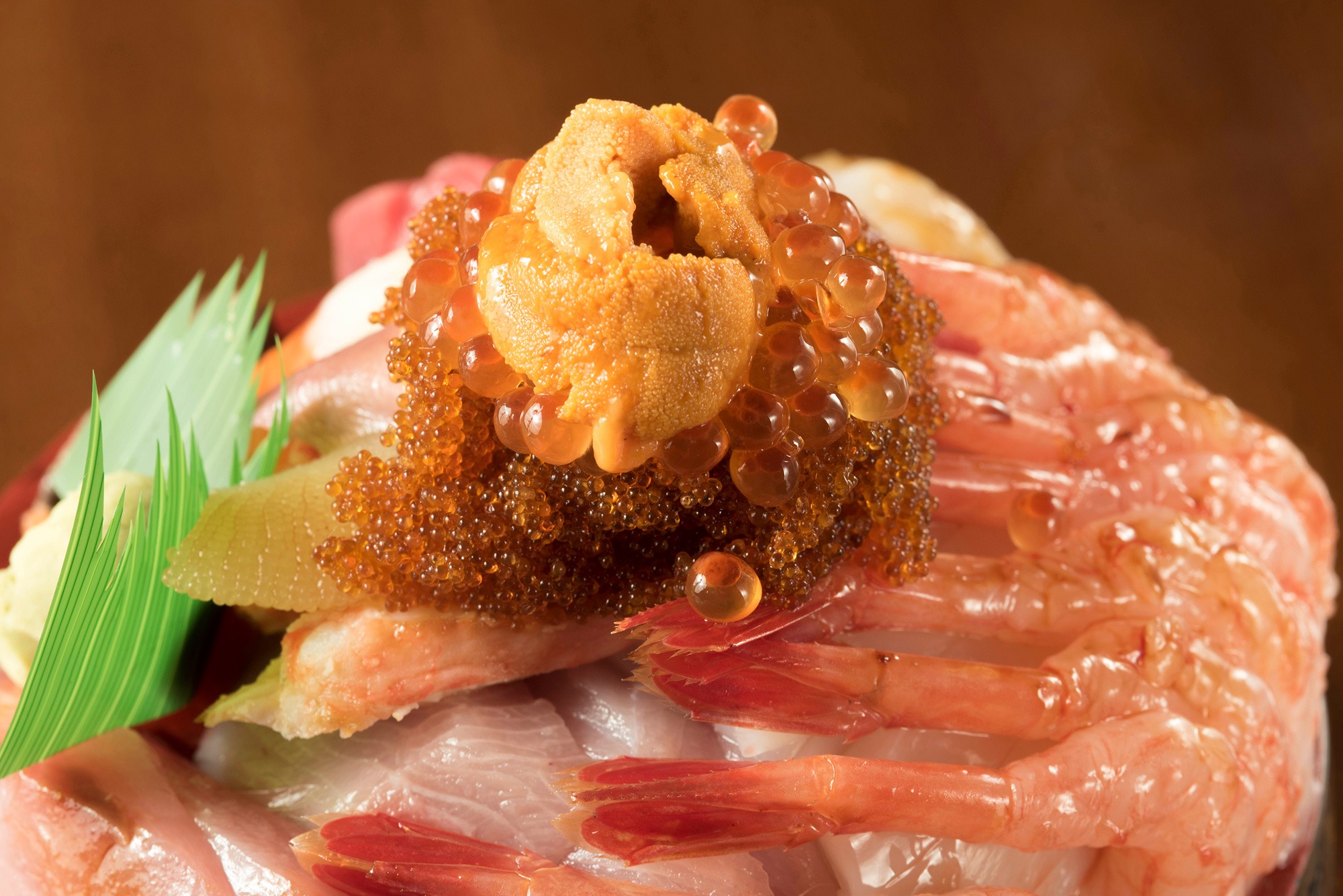
Surrounded by the sea on all sides, Hokkaido is a treasure trove of seafood. Seafood such as salmon roe and sea urchin, as well as sushi and seafood rice bowls with fresh ingredients, are all very tempting to eat. For those of you who have a hard time deciding where to start, here are some of our seafood recommendations.
- * Please note that the text shown on this page includes machine translations.
Seafood rice bowls, a cuisine that you definitely want to try
Surrounded by the Sea of Japan, the Pacific Ocean, and the Sea of Okhotsk, Hokkaido is able to land a wide variety of seafood throughout the year. Seafood grown in the cold northern sea is delicious because it is firm and full of fat.
Kaisen-don, a bowl of white rice topped with such seafood, is a must-try classic. The ingredients are the most appealing part of a kaisen-don in Hokkaido, with the hearty toppings making it a very satisfying bowl of rice. The fresh sashimi on top of the bowl is so generously portioned that it almost falls out of the bowl.
The menu is popular for its abundance of different types of sashimi. With tuna, shrimp, scallops, salmon, salmon roe, and other seafood on top, you can fully enjoy Hokkaido's famous seafood with just one bowl of this dish. Some restaurants, such as Kushiro Washo Ichiba Market, allow customers to choose their favorite ingredients, making it a fun experience.
The seafood rice bowls offered at the markets and morning markets are fresh and reasonably priced!
The markets have several stores clustered together, so you can enjoy strolling around the place while thinking about which restaurant to eat at. Since the markets start early in the morning, it is also nice to be able to eat from an early time of the day.
- Sapporo Central Wholesale Market Curb Market
- It is one of the largest markets in Hokkaido, with stores where not only vendors but also the general public can make purchases. It is only a 10-minute drive from central Sapporo. About 60 unique stores sell freshly landed seafood from all over Hokkaido, as well as freshly picked vegetables and fruits. You can enjoy the tastes of all of Hokkaido at reasonable prices.
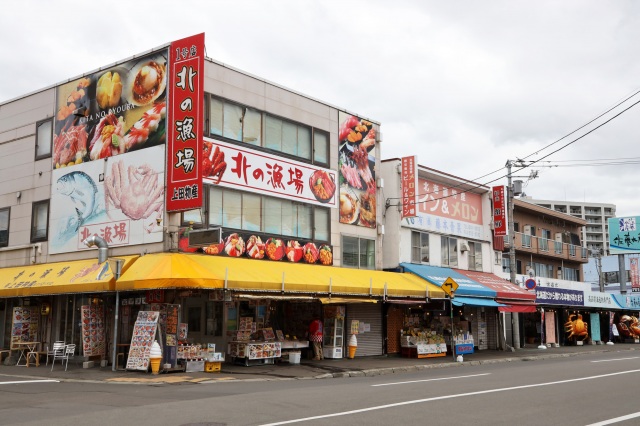
- View more
- Nijo Fish Market
- The market has a history of over 100 years. About 15 fresh fish stores and fruit and vegetable stores line the street. Located about a 10-minute walk from Sapporo Odori Park (near the TV Tower), the market is crowded every day with a wide range of customers, from regulars to tourists. It is a great place to go for a stroll.
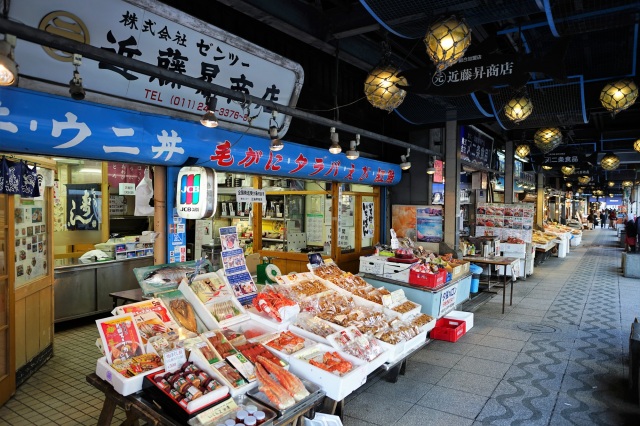
- View more
- Otaru Sankaku Market
- The market is located about a two-minute walk from JR Otaru Station. Stores line the narrow aisles, 200 meters long and 2 meters wide. The retro atmosphere is attractive. Restaurants open from 7:00 a.m. and popular dishes include seafood rice bowls and set menus using seasonal ingredients. Visitors can also enjoy the experience of making their own original rice bowl by cooking products bought at the market on the spot.
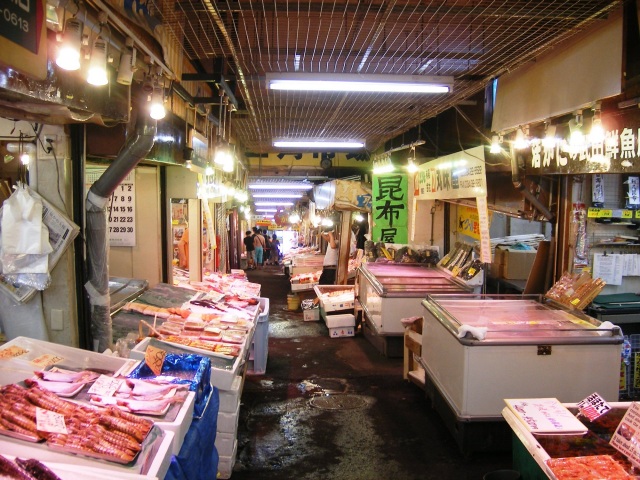
- View more
- Hakodate Morning Market
- The market is located about a one-minute walk from JR Hakodate Station. About 250 stores are gathered here. Live squid fishing is popular, where visitors can eat squid they caught themselves on the spot. The market offers a variety of fresh foods such as squid, scallops, crabs, and salmon, which are local specialties. Low-priced rice bowls with toppings and fresh squid somen set menus are also popular.
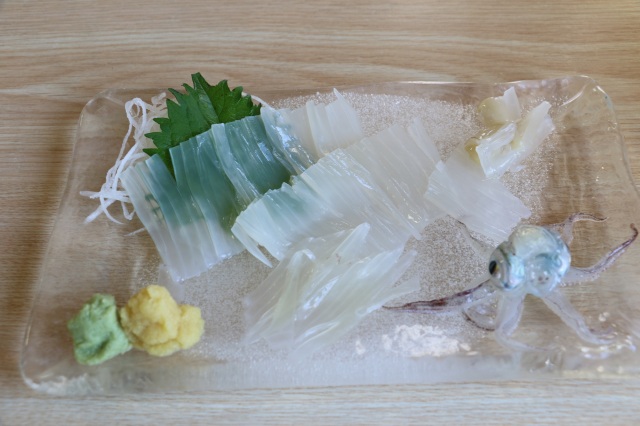
- View more
- Kushiro Washo Ichiba Market
- Along with Hakodate Morning Market and Nijo Fish Market, this market is one of the three major markets in Hokkaido. The famous "katte-don" is a popular system that allows you to top rice purchased at the market with your favorite seafood toppings. If you have it with crab soup, you can enjoy the aroma of the sea even more. The market is conveniently located near JR Kushiro Station and next to a parking lot.
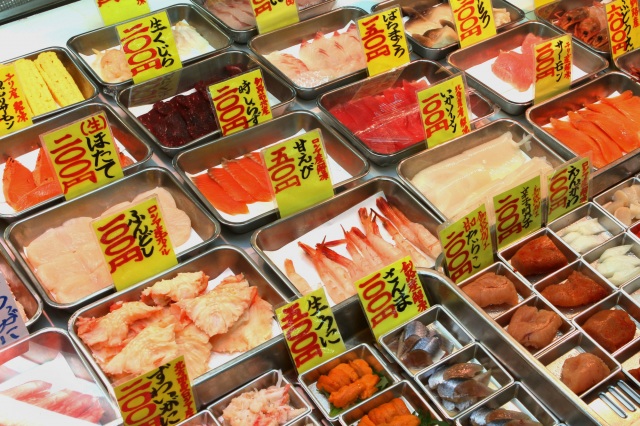
- View more
A luxurious bowl of rice topped with salmon roe that overflows from the bowl.
In Hokkaido, where about 90% of the nation's autumn salmon catch is landed, you can enjoy the highest quality salmon roe to the fullest.
Although regular salmon roe is available all year round, the season for Hokkaido salmon roe is from September to November, when salmon stuffed full of roe is landed. From September to October, you can enjoy salmon roe so soft that the skin does not remain in your mouth; from October to November, it is said that the roe is bigger and has a richer flavor.
Ikura-don (salmon roe bowl) is recommended because it is easy to eat yet filling. The salmon roe at conveyor-belt sushi restaurants is also served with a generous portion of salmon roe in a small bowl of rice. Such hearty portions can only be found in Hokkaido.
Enjoy the exceptional taste of authentic sea urchin
Hokkaido also has the largest sea urchin catch in Japan, and accounts for 90% of Japan's production of kelp, which is used to feed sea urchins. The sea urchin grows into a large and delicious sea urchin by feeding on abundant food.
The best season for sea urchins is from June to mid-September, when they are about to spawn. The sea urchin fishing season is the only time of year when fresh sea urchin can be eaten, as the ban on sea urchin fishing is lifted.
There are two main types of sea urchin available in Hokkaido: Ezo bafun uni and Kitamurasaki uni.
Ezo bafun uni is considered to be one of the finest types of sea urchin and can only be caught in Hokkaido. It is characterized by its rich, full-bodied sweetness. On the other hand, Kitamurasaki uni is characterized by its creamy texture. It is more reasonably priced than Ezo bafun uni.
The main production areas are Rishiri, Rebun and the Shakotan area.
Ezo bafun uni caught in Rishiri and Rebun have short spines on the outside and are dark orange inside. They are larger than regular bafun uni and have a strong sweet taste. They grow on nutrient-rich Rishiri kelp and are said to be the most delicious sea urchin in Japan.
Most of the sea urchins landed in Shakotan are consumed within the town, so they are rarely distributed outside the town. Therefore, Shakotan's bafun uni is a valuable product that can only be eaten in its place of origin. Some restaurants run by local fishermen are strongly particular about their menu, saying that they only serve raw sea urchin on rice.
Saltwater sea urchin
Delicious sea urchins distributed in Hokkaido are freshly caught and preserved in salt water. This "saltwater sea urchin" is sweet and rich without bitterness. The freshness of the sea urchin is what makes it so tasty. Even those who normally find sea urchins unpleasant should try them in Hokkaido.

Both are attractive! Top-notch sushi restaurants and easy conveyor-belt sushi
Edomae Sushi or Edomae-zushi, which is the mainstream sushi in Tokyo, is made by seasoning the ingredients with vinegar and salt to bring out the best flavor. In contrast, Hokkaido's sushi is called ""Ezomae Sushi"" and is characterized by fresh ingredients consumed as they are with rice.
If you are planning to eat seafood on your trip to Hokkaido, we recommend that you taste it at an authentic sushi restaurant. If you are not sure what to order, leave it to the sushi chef to make sushi to your liking. Of course, you can eat the sushi in any order you like, but if you start with light fish such as white fish and finish with fatty tuna, you will be able to enjoy the flavor of the sushi more.
You can also enjoy Hokkaido's sushi at reasonably priced conveyor-belt sushi restaurants. The sushi is so fresh and the ingredients are so hearty that it is hard to believe that it is a conveyor-belt sushi restaurant, and you can enjoy it at reasonable prices. There are many conveyor-belt sushi chains operating in Hokkaido, such as TORITON, Nemuro Hanamaru, and Nagoyakatei, which are well-loved by locals.
Hokkaido crabs can be enjoyed all year round.
In Hokkaido, crabs are landed throughout the year. Because it is delicious in any season, it is a popular seafood item that is in high demand and ordered from all over Japan. Crabs are mainly boiled and eaten as is. It is also delicious as sashimi or shabu-shabu, and can be enjoyed at specialty restaurants and izakaya (Japanese-style pubs).
Most crabs caught in Hokkaido come in four types: king crab, hairy crab, snow crab, and Hanasaki crab. Among these, king crabs are by far the largest and most expensive. The tender meat in the very thick legs is juicy and very satisfying. It is caught almost all year round, but the best season is said to be from April to May at Wakkanai Port, which has the largest catch.
Hairy crabs are also representative of Hokkaido. It boasts a delicate, moist, and rich sweetness, and although small in size, even the crab innards are delicious. Abashiri's hairy crabs, which are caught when the thick drift ice leaves and the fishing season begins all at once, are a superb product. The nutritious hairy crabs grown on an abundance of phytoplankton are the masterpiece of the Sea of Okhotsk.
Rare "Hanasaki Crab" can only be caught in restricted maritime areas
When boiled, the body of the Hanasaki crab turns from brown to bright red like a blooming flower ("hanasaki"). It is a rare type of crab that can only be caught in the waters around Nemuro City in Japan. It is characterized by its firm and springy meat, and a unique sweetness that feels like shrimp. The fishing season is usually open from July to September. Please come to Nemuro, the home of the crab, and try it when it is in season.

The irresistible texture of thick scallops
Scallops have an irresistible springy texture, making them a versatile ingredient that goes well with any dish. Hokkaido has the largest scallop catch in Japan, and the Notsuke Peninsula, located in the eastern part of Hokkaido, is the best place to catch giant scallops.
The Notsuke Peninsula is an intricate bay with nutrient-rich plankton flowing in from the Sea of Okhotsk. It is a perfect place for scallops to grow. Scallops landed here are as large as the palm of an adult's hand, and some are even larger than a person's face. They are also exceptionally sweet, and are used in the finest sushi shops and restaurants. Local delicacies using scallops, such as the ""Betsukai Jumbo Scallop Burger,"" are also a must-try.
Other areas where scallops are actively cultivated include Lake Saroma, the birthplace of scallop cultivation, Uchiura Bay (also known as Funka Bay), which is blessed with a favorable climate, and Sarufutsu Village, which has the largest catch of scallops in Japan.
Direct shipment from the production area! Seafood Izakaya
Hokkaido's izakaya (Japanese-style pubs) offer high quality seafood. The butterflied atka mackerel is so large that it protrudes from the plate, and its thick flesh as well as plump and soft texture is irresistible. It is a must-try dish. Other recommended dishes include kinki (also known as "menme;" channel rockfish) and kasube (also known as "ei;" stingray) simmered in soy sauce. You can also easily enjoy seafood in a variety of ways, such as char-grilled or cooked in a pot. Enjoying seafood with a glass of locally brewed sake is a blissful experience.
Ranking of popular articles
- Hokkaido Summer Travel Guide
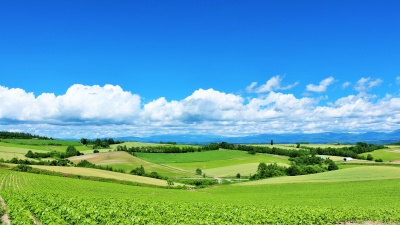
- https://www.visit-hokkaido.jp/en/feature/travelguide_summer
- Hokkaido Spring Travel Guide
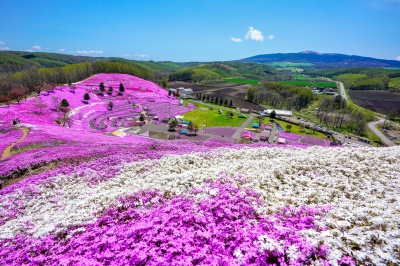
- https://www.visit-hokkaido.jp/en/feature/travelguide_spring
- Here are the recommended cherry blossom viewing spots!
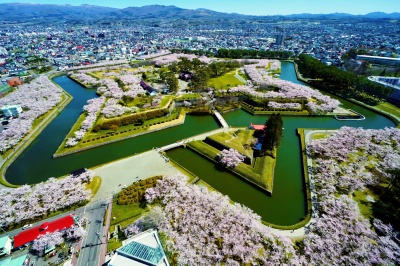
- https://www.visit-hokkaido.jp/en/feature/sakura
- Best Places to View Flowers in Hokkaido vol. 1

- https://www.visit-hokkaido.jp/en/feature/best-places-to-view-flowers-in-hokkaido-vol-1
- When is the best time to see lavender? Recommended Lavender Spots in Hokkaido
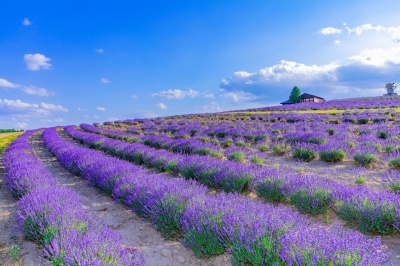
- https://www.visit-hokkaido.jp/en/feature/lavender
